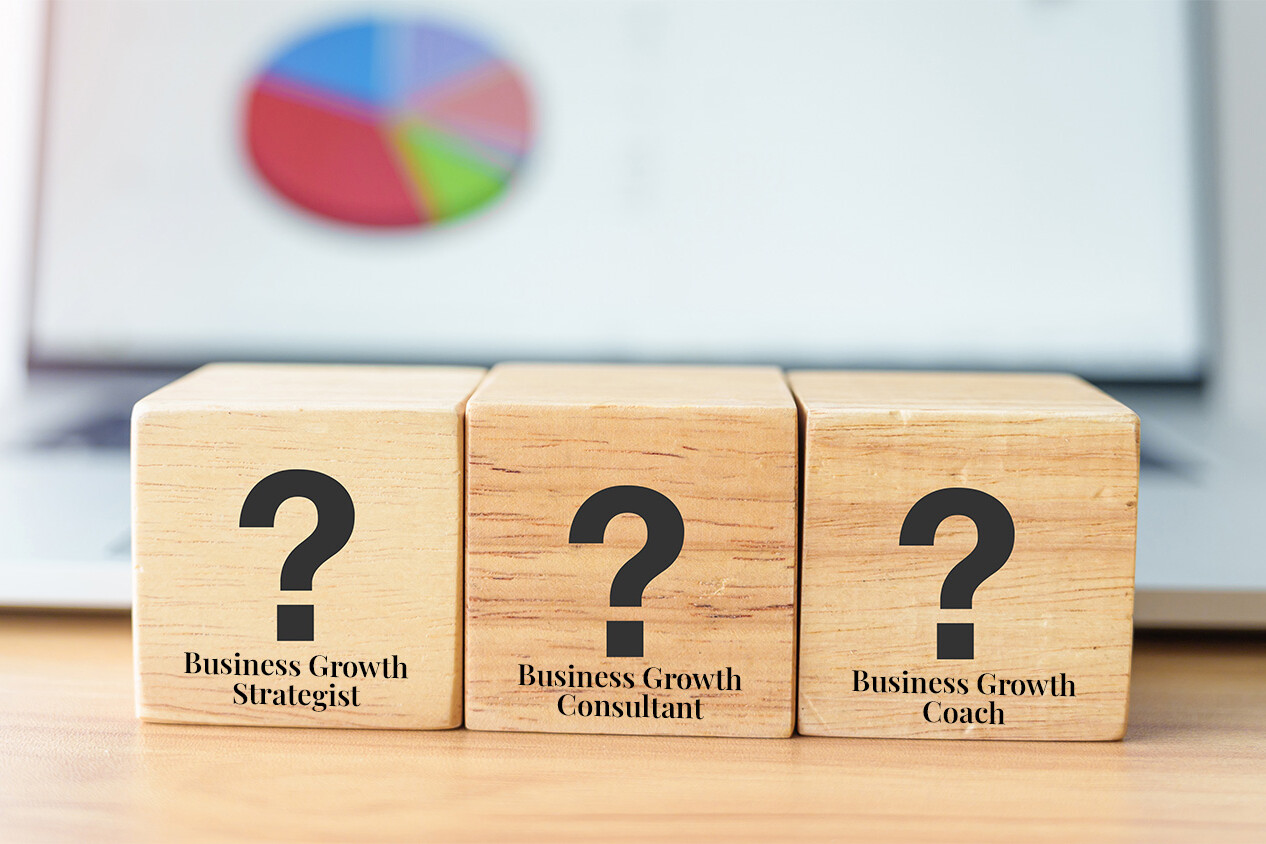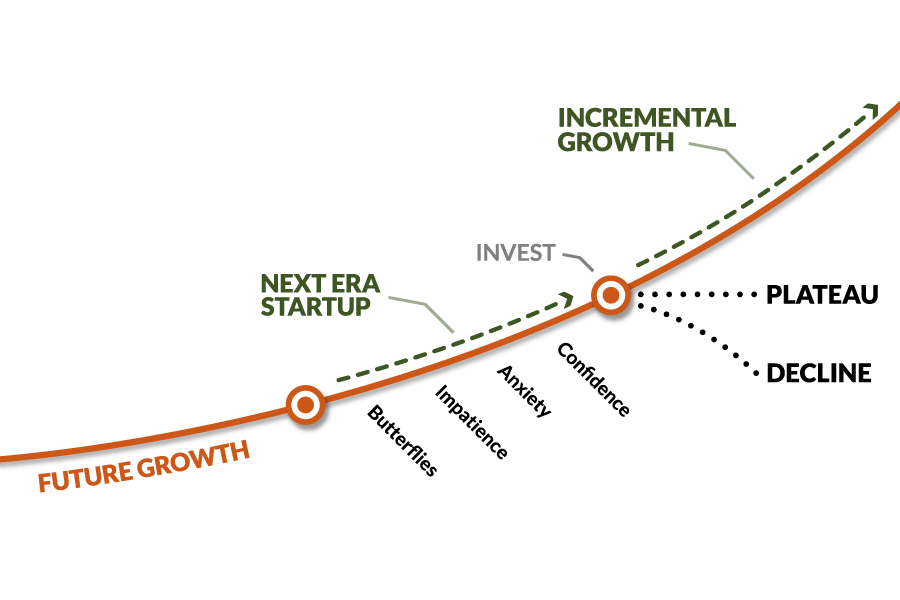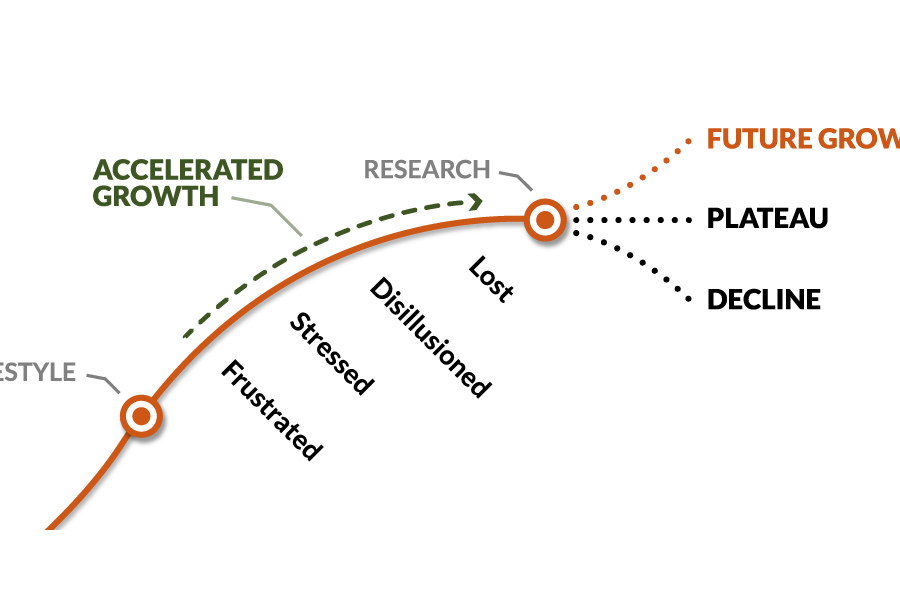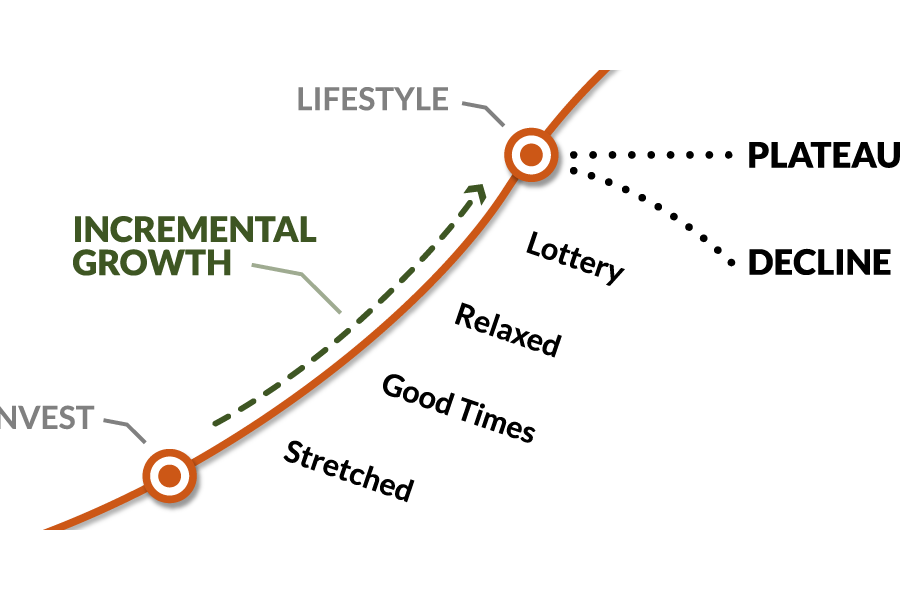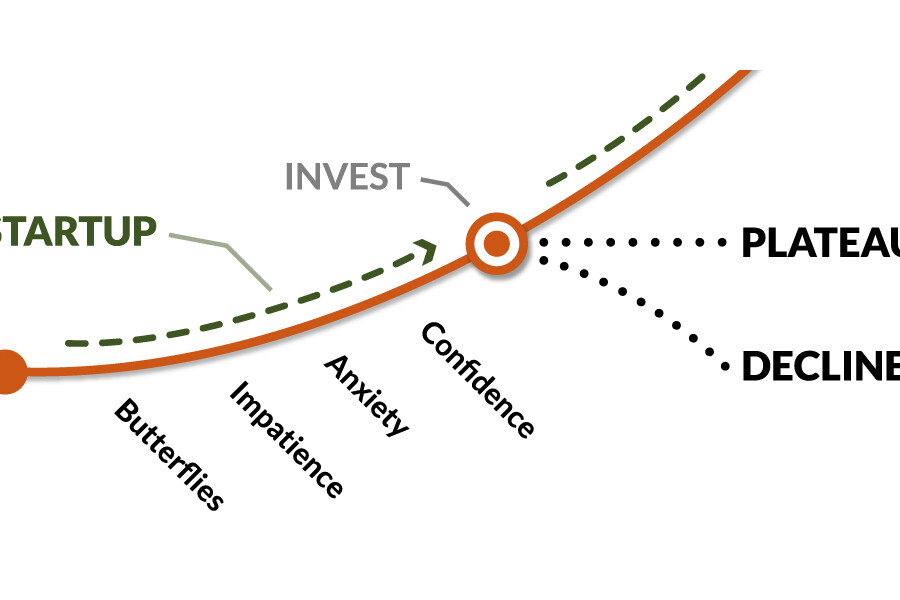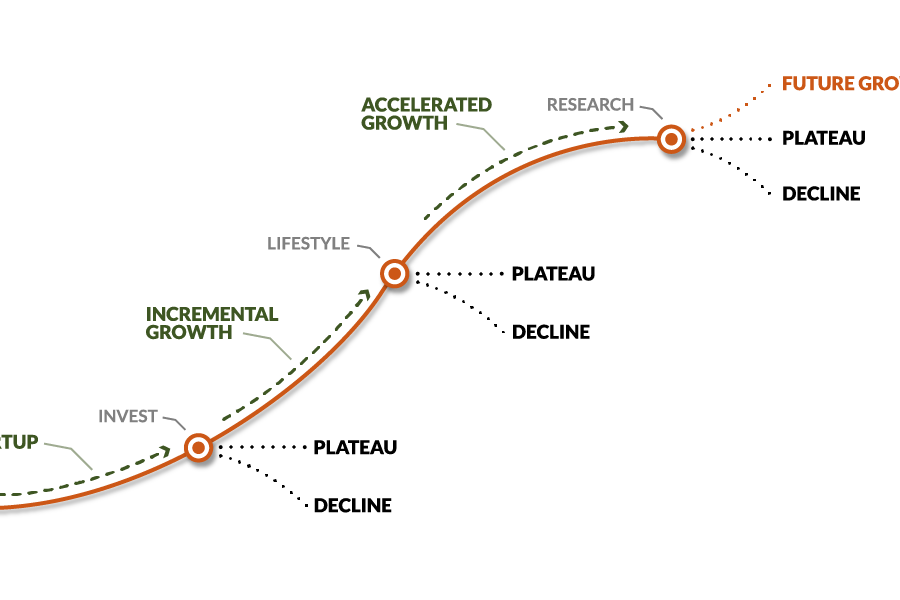From Lost To Proud: Mastering More Effective Business Growth
After successfully navigating the challenges of the Accelerated Growth phase, the business moves into the Future Growth phase. Firms in this phase are well-managed and have taken all the lessons the Accelerated Growth phase threw at them. The company is under control and the feeling ranges from proud to comfortable.
As with the prior blogs covering the previous phases and their component stages, we will delve into the associated behaviors, decision-making characteristics, and necessary actions to progress – the critical pieces for leaders looking to facilitate sustainable growth.
The management team at this phase is disciplined in their investments without overly stressing the organization. As the company business travels through this stage, it eventually comes a further tipping point that can take it into the next iteration of the Business Growth Cycle and a further Startup like phase as the company calibrates to a new level of commercial and organizational sophistication.
Proud: Success Hard Fought
Being proud in the context of the Future Growth phase refers to the stage of self-satisfaction derived from business success and the challenges that shaped it, the owners, and the management team to get here. It is now achieving targets, often exceeding expectations, and tackling major milestones. This peak of accomplishment can foster a positive organizational culture, boost motivation, and enhance a company’s reputation.
However, this feeling should be handled carefully. Overconfidence and pride can lead to complacency, arrogance, or reckless decision-making, potentially undoing hard-earned progress.
Businesses at this stage are the most valuable compared to others. Aligned buyers respect the management team’s achievement, and the business assets they have built that will drive future revenue.
Behavior: Confidence and Forward-looking
During this stage, the owner and management team are forward-looking. How can they continue to grow but in a well-managed manner?
The behaviors are confident, calm, and controlled or disciplined. They are effectively at a higher level than the Good Times and Relaxed stages of the Incremental Growth phase. This was imagined with the vision that led to the investment and the Accelerated Growth phase journey.
Having weathered the earlier stages of the Business Growth Cycle, companies at this stage possess an enhanced organizational capability and a clear comprehension of their growth drivers.
Decision Making: Reflective and Rational
A strong commercial context drives the decisions at the stage and with an understanding of the impact on Culture. The business grows and progresses to the next phase of scale.
Emphasis is on disciplined, measured growth, and as the business grows and continues, it reaches the final tipping point of the cycle where the leadership asks what’s next. Do they try and stay at this point or look to start the next growth cycle?
Decisions are made calmly, confidently, and implemented in a controlled manner. They understand the level of risk that they are willing to take and what they do not.
Companies that are clear about why they are doing things continually invest in staff training, operational efficiencies, new technology, and product innovation to spur further growth are the most successful and desirable.
Action to Progress
Some measures can be taken to move through this stage and phase successfully:
- Understand the next generation of owners’ vision.
- Prepare the Culture for future growth. If the organization doubled in headcount, how can it be managed and stay true to its intent?
- Ensure that the skills are in place to support the next growth cycle.
- Ensure that the management information, reporting, and decision-making can handle a doubling of revenue without breaking or being unnecessarily onerous or cumbersome.
- Understand the business’s core assets and how it can further support its customer’s needs.
- Explore whether entering new markets, channels, or territories and the skills, resources, and capital required to achieve it successfully without driving the main business into the Accelerated Growth phase again too quickly.
The fundamental mistake that can be made at this stage is ‘if it ain’t broke, don’t fix it.’ Counter-intuitively, this is a growth phase where purposeful improvement becomes critical.
Services Business
A successful services business successfully navigated the Accelerated Growth phase. Its Culture had matured, and strong profits returned. Its client base was growing, and the nature of the assignments was significantly more complex than five years prior. Their new opportunities came from different states, countries, and industries.
The problem in front of management was where to focus next. Servicing these clients successfully could mean their employees would spend significantly more time away from home, on planes, and be less productive.
Their first decision was to initially develop and evolve their product to deliver it with a strong remote element, embracing technology until it was essential to be in person.
The second decision was to build their internal training and mentoring so that they could scale and build a small number of key satellite offices. The technology allowed the local teams to still be in the room, observing, learning, and developing their skills from their mentors.
The third decision was to focus on managing Culture in a digital-first or high-digital delivery environment to stay true to their core values and the lack of personal connection and informal discussions that being out of immediate sight would create.
Conclusion
In conclusion, the mastery of the Future Growth phase symbolizes the success of perseverance and strategic adaptability. It’s a pause in the marathon, an opportunity for celebration, but it is not the endpoint. The challenge for businesses is to turn this culmination into a springboard for continual growth and innovation into the next iteration of the Business Growth Cycle.
With a vision in mind and strategy in place, the business landscape changes from being a battlefield to a chessboard. The moves, guided by the lessons learned from past experiences, prepare you for the shifts in the business landscape. Agility and foresight will be your pillars of success as you decide your next move: to remain in power or initiate the next cycle of growth. Either way, the guiding light remains resilience, readiness to adapt, and a commitment to a culture of continual learning and innovation.









